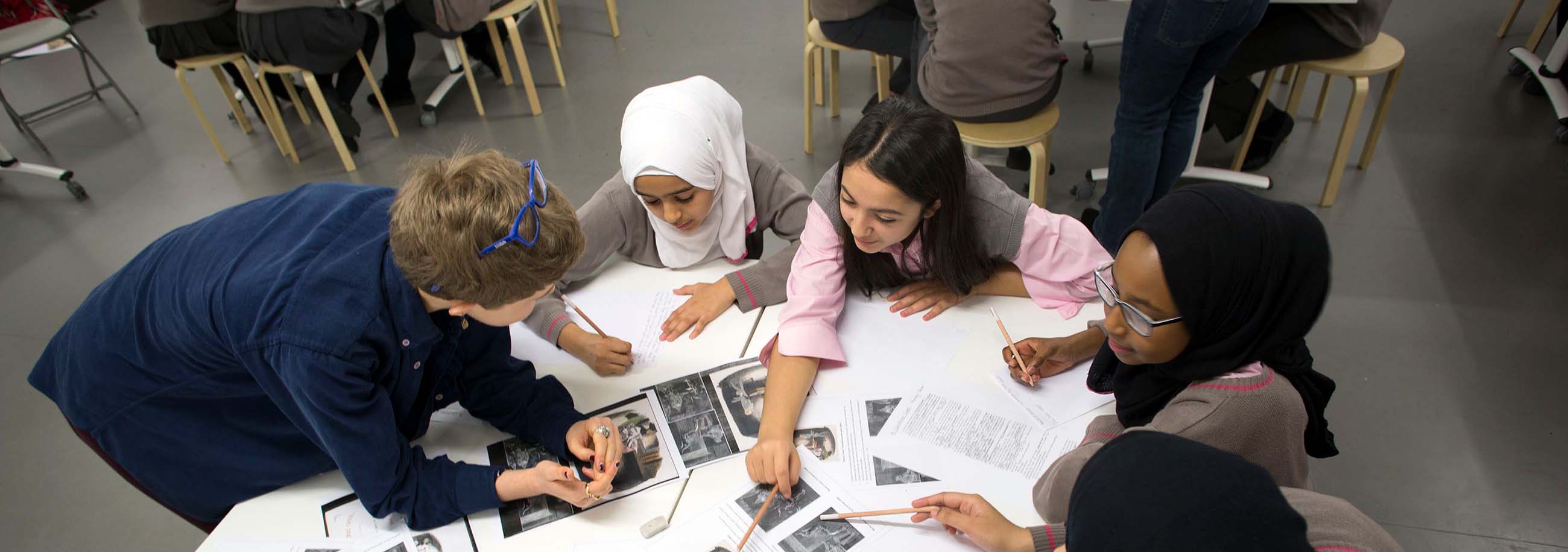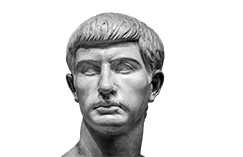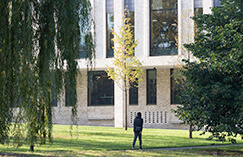Sample Sessions
WHAT IS THE DIFFERENCE BETWEEN HUMANS AND ANIMALS?
As a culture, we routinely treat animals in ways that we would never treat human beings. We farm them, enslave them, eat them, and experiment on them for human benefit. But should we? Is this practice morally defensible? Are there important differences between human beings and other animals which can justify this difference in treatment? And if we cannot find an important difference – does this mean that we actually owe animals the same kind of moral treatment that we owe to human beings? In this session we will consider how ethical theories apply to non-human animals, and what treatment we owe them.
MORAL THEORY: IS VIRTUE ENOUGH TO GUIDE OUR ETHICAL LIVES?
Virtue ethics is the oldest ethical theory in the Western philosophical tradition. It tells us that to do good in the world we need to be good people. Compared with ethical theories which provide rules and principles which tell us what is right and wrong, virtue ethics instead tells us what kind of characters we should develop. However,does virtue ethics offer us enough guidance in ourmodern world? Does virtue ethics have anything to say about capital punishment, about global climate-change,or about artificial intelligence? In this session, we’ll consider the strengths and weaknesses of virtue ethics, by applying the theory to modern ethical problems.
WHOSE FAULT IS IT ANYWAY?: THE ENVIRONMENT AND MORAL RESPONSIBILITY
There is no doubt that we face a huge environmental crisis. We confront issues around man-made climate change, mass extinction, pollution, and more. The science is very clear: we need to act now. And we know what we need to do to solve these problems.And yet, we do nothing. Why? In this session we’ll explore the nature of moral responsibility – what makes us responsible for our actions, and what does this mean for our moral action? We’ll consider that our traditional notions of moral responsibility make it difficult to assign blame for environmental actions, and that this can mean that we don’t know who should act and how. Then we’ll consider some solutions which philosophy can offer for these problems.
METAPHYSICS OF MIND: CAN A ROBOT BE CONSCIOUS?
Despite our great technological and scientific advances of recent decades, we are still in the dark about the nature of consciousness. Questions as tothe nature of mind are some of the most fundamental philosophical questions. Where does consciousness come from? How does the complex combination of non-conscious matter give rise to the kind of rich inner life which we all experience? And if organisms like us have consciousness, could it ever be possible for an artificial machine to be conscious? In this session, we’ll look at different philosophical theories about the nature of mind, and what they say about the possibility that machines may become conscious.
TWO GLOBAL VISIONS OF RELIGION: PLATO AND ARISTOTLE
Plato and Aristotle, each had a distinct vision of reality that pervades the contemporary era. Plato taught his students that there is something higher, a transcendent reality behind the world we see that only our intellect can access. Our aim should be to crawl out of the cave of darkness and ignorance in which we live and walk in the light of this transcendent contemplative truth. His argument in the Symposiumon the existence of the Divine as the Beautiful (one of the big three alongside the Good and the True) exemplifies this intellectual vision of God. Aristotle had a different global vision. He privileged observation and hands-on experience. We live in the real material world. The path to knowledge comes through logical, methodical discovery of the world around us – and the facts that make it up.
HINDUISM, GODDESSES AND GENDER
The goddess in Hinduism can be traced back to the great goddess of speech, Vac, in the Vedas. By the time of classical Hinduism in the first millennium CE, worship of the goddess developed in many ways to reflect new directions in theism. How has goddes sworship in Hinduism changed throughout history? What are the mainstream classical and regional popular forms of worship? And how do these religious beliefs and practices connect to discussions about gender, class and race today?
ISLAM AND THE VEIL
The custom of female "veiling" has a long history, from Assyrian and Sasanian times to religious practices among diverse religious communities, for instance among Jewish and Christian women. This taster session will take you to a journey of discovery, with visual and textual sources (including Quranic passages and hadiths) for further discussion. You will be sailing across continents to find diverselegislations, political discourses and expressions of veiling. We will address questions about varied religious identities and expressions of piety in Islam, as well as ideological, cultural and gender statements.
MARY MAGDALENE:THE FIRST WITNESS TO JESUS RESURRECTED?
According to Paul, Peter and the Twelve were the first and second respectively to witness Jesus resurrected (1 Corinthians 15:3-5). This is also the implication of the earliest Gospel, Mark. This tradition dominated Christian mission in the first-century. However, there is another tradition which appears toward the end of the century in the latest canonical Gospel, and that is John’s claim that Mary Magdalene was the first to witness Jesus resurrected. A number oftheories have arisen to explain this anomaly in thetradition. One that has attracted attention recently is the evidence from other Gospels not in the NewTestament(!) that Mary’s close relationship to Jesus was the subject of envy and even animosity from Peter and the Twelve (most recently Dan Brown’s The Da Vinci Code has elaborated on their relationship, arguing that Jesus and Mary had married and had descendants who were still living).
IS IT RATIONAL TO BELIEVE IN GOD?
The interaction between faith and reason has taken different forms over the course of the history of Christianity. In this taster lecture, we will consider how the approach taken to this interaction has shifted during the modern period from verification to falsification. Rene Descartes and Anthony Flew will be discussed as examples of these two approaches, and we will consider the effects of this shift on debates about the rationality of belief. Is it possible to prove the existence of God? If you cannot succeed in doing so, does that make belief in God unjustified?
AQUINAS'S PROOFS FOR THE EXISTENCE OF GOD
The Five Ways of Thomas Aquinas have a significant place in Christian thinking, and are typically approached as offering proofs for the existence of God. This taster lecture will begin by considering them this way, concentrating on the First Way. This argues from what Aquinas calls ‘motion’ in the world around us, and he says that it is ‘the most obvious way’. We will consider the philosophical moves that he makes in the argument, asking whether they are persuasive or not.







